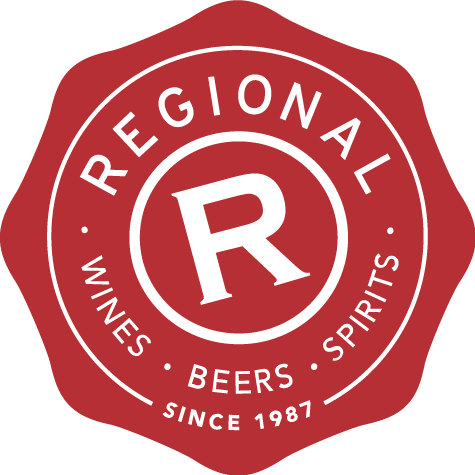The contradictions of cask strength...
Cask Strength - two mere words that instil more excitement than most when it comes to whisky.
The term has come to be a catch all for whiskies bottled at high strength but, in its purist meaning, it really refers to any bottling that is not diluted from the abv that the spirit was at in the cask - and this can vary greatly depending on certain factors.
As we know, the abv of the contents of an ageing cask can go down or up (yes up!) depending on the length of maturation and the environment in which the cask is ageing. In cool dry environments water will be lost preferentially to alcohol meaning that the spirit in the cask will actually increase in abv - a bit like boiling off the water when reducing a gravy perhaps. Alternatively, in hot humid environments more alcohol will leave the cask meaning a lower abv over time.
An interesting aside from this is that distilleries fill their casks at different abvs. Although the standard is 63.5% there are distilleries that chose to go higher, such as Highland Park where the filling strength is a whopping 69.5%. It’s also interesting that there is no actual legal definition by the Scottish Whisky Association of the abv at which distilleries should fill their casks - so the number 63.5% is an odd choice in some ways, but presumably comes about through much collective experimentation and experience. It’s different in the world of bourbon where there is the designated rule that the abv of the fresh distillate can not exceed 125 proof (corresponding to 62.5% abv).
So, this all means that we find ourselves with a term - cask strength - that can literally be a whisky with an abv anywhere between 40% (the legal minimum requirement for whisky) and 70%.
One style that has become popular over the years is the cask strength non-age statement, with many distilleries officially bottling something along these lines… often named as a batch number or called batch strength. Glenfarclas were the first to do this with the infamous 105 released in 1968 where the name 105 referred to the British Proof, which now correlates to 60%. These typically offer decent bang for buck.
Below are some good examples of the spread of cask strength styles from single malts to blends to old, low abv beauties and single cask crackers…
Benriach Batch 2 Cask Strength 60.6% 700ml
Laphroaig 28YO Cask Strength 2018 Edition 44.4% 700ml
